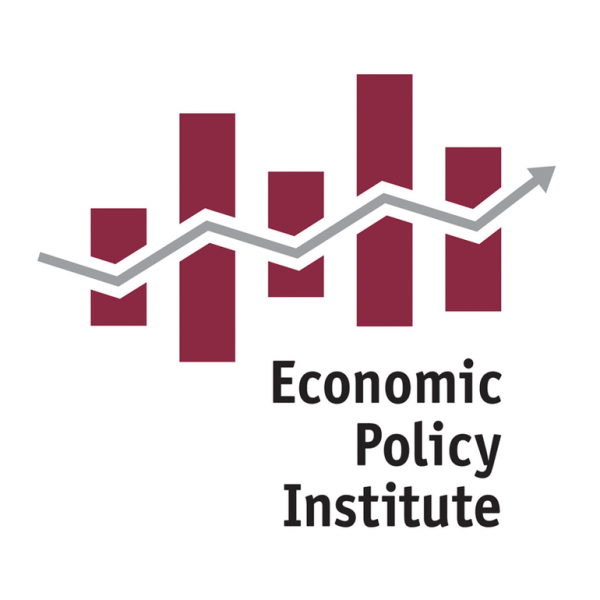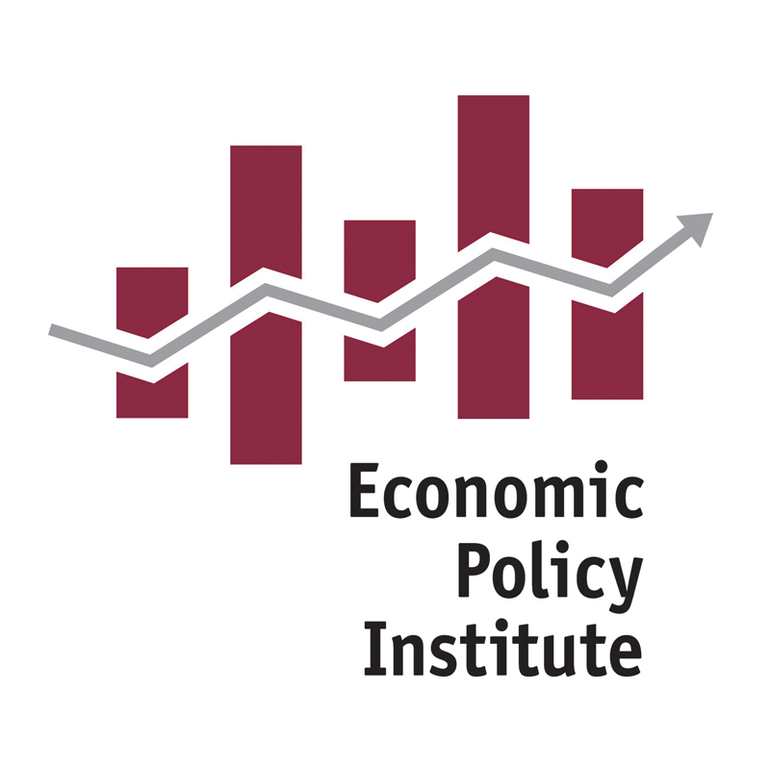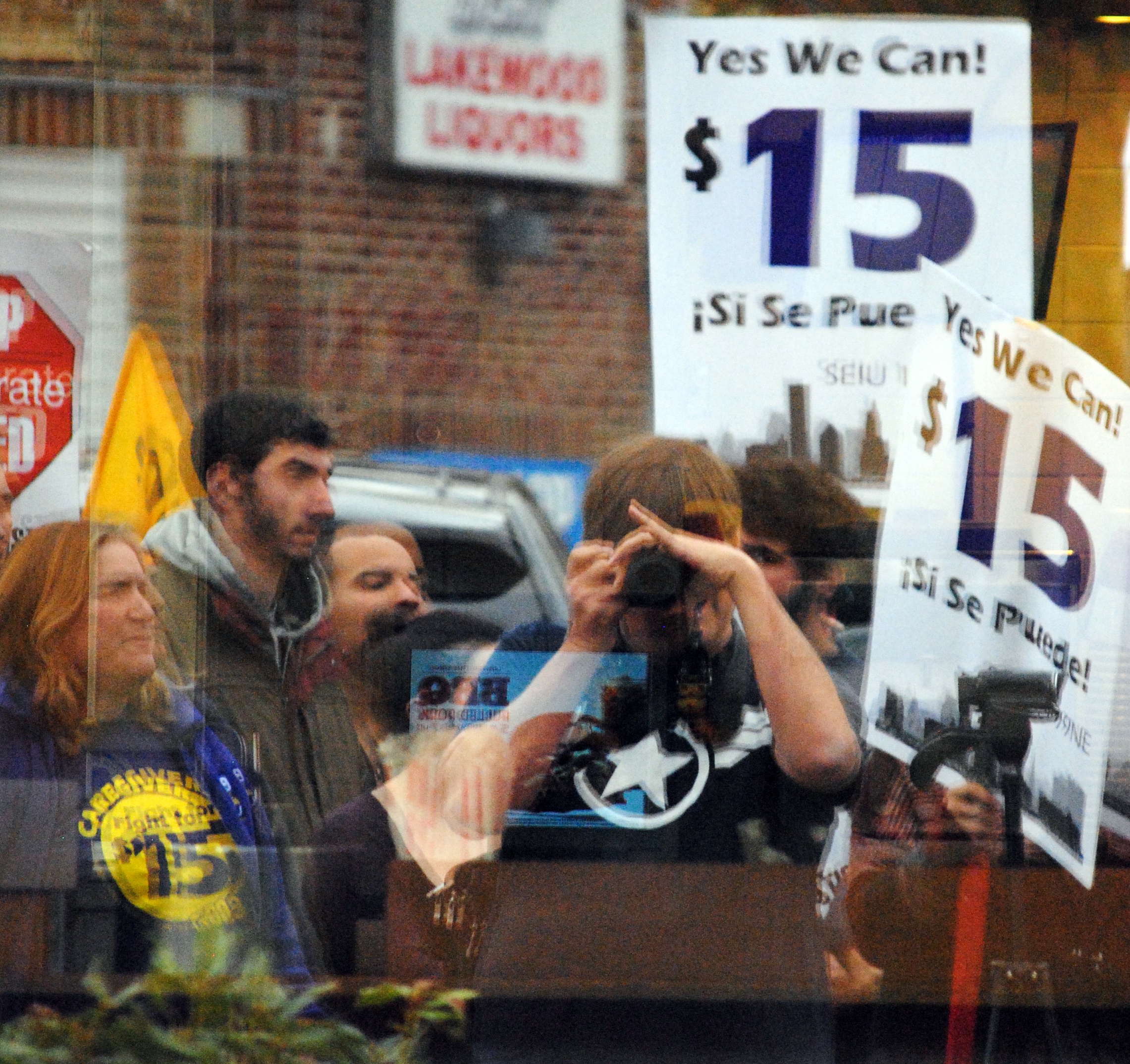 Wage inequality continued its rise unabated in 2015, according to a new report from EPI senior economist Elise Gould. In Wage inequality continued its 35-year rise in 2015, Gould analyzes real (inflation-adjusted) wage trends in 2015 and shows that, while real wages increased across the board, wage growth was faster at the top of the wage distribution than the bottom—the gap between top earners and the typical worker continues to grow.
Wage inequality continued its rise unabated in 2015, according to a new report from EPI senior economist Elise Gould. In Wage inequality continued its 35-year rise in 2015, Gould analyzes real (inflation-adjusted) wage trends in 2015 and shows that, while real wages increased across the board, wage growth was faster at the top of the wage distribution than the bottom—the gap between top earners and the typical worker continues to grow.
Due to a sharp dip in inflation, real hourly wages grew for all workers in 2015. However, falling inflation is unlikely to be a source of durable wage gains in the future. Growth in nominal (non-inflation adjusted) wages has not accelerated, and there is no evidence to indicate that the Federal Reserve Board should raise interest rates in an effort to slow the economy and ward off incipient inflation.
“It’s no surprise that typical workers are frustrated with the economy since wage growth has been slow for so long,” said Gould. “Real wage growth in 2015 is welcome news, since it means workers’ standards of living increased. However, this comes with two large caveats. First, wage inequality showed no sign of slowing down last year. And, meanwhile, relying on falling inflation is an unwanted and unsustainable strategy for increasing living standards.”
The strongest wage growth in 2015 occurred among men at the top of the wage distribution and women at the bottom of wage distribution. Men’s wages at the 95th and 90th percentiles grew by 9.9 percent and 6.2 percent, respectively, compared with only 2.6 percent at the median. Low wage workers, meanwhile, saw greater wage gains in states that increased their minimum wage. Women’s wages at the 10th percentile, which are lower than men’s at the bottom decile and therefore may be more likely to be impacted by changes in the wage floor, grew 5.2 percent in states with legislated minimum wage increases, compared with only 3.1 percent growth in states without increases.
[From an Economic Policy Institute press release]


